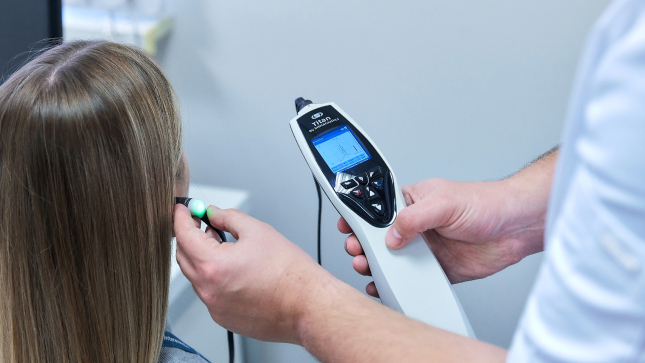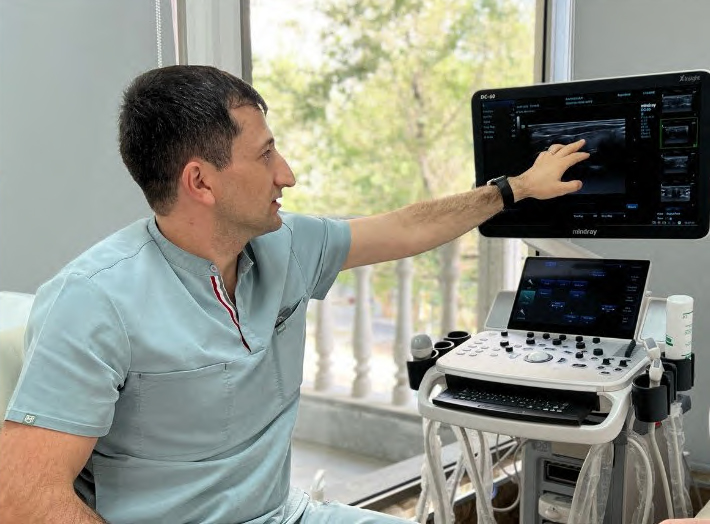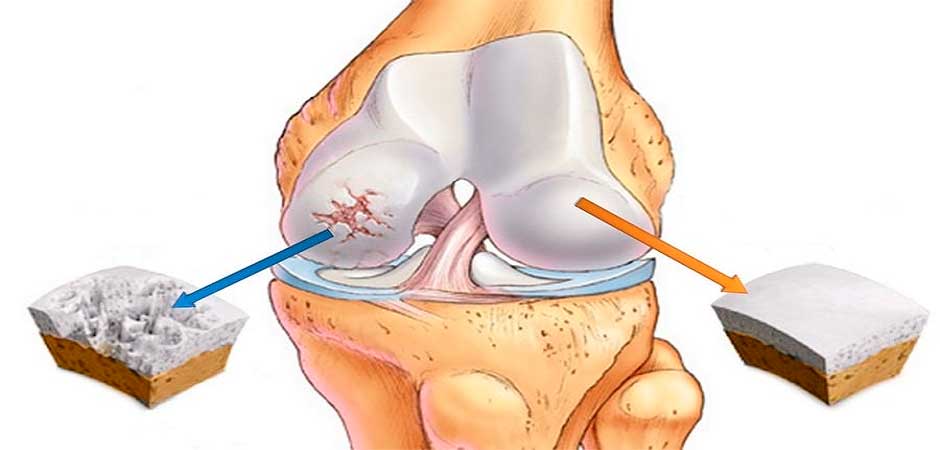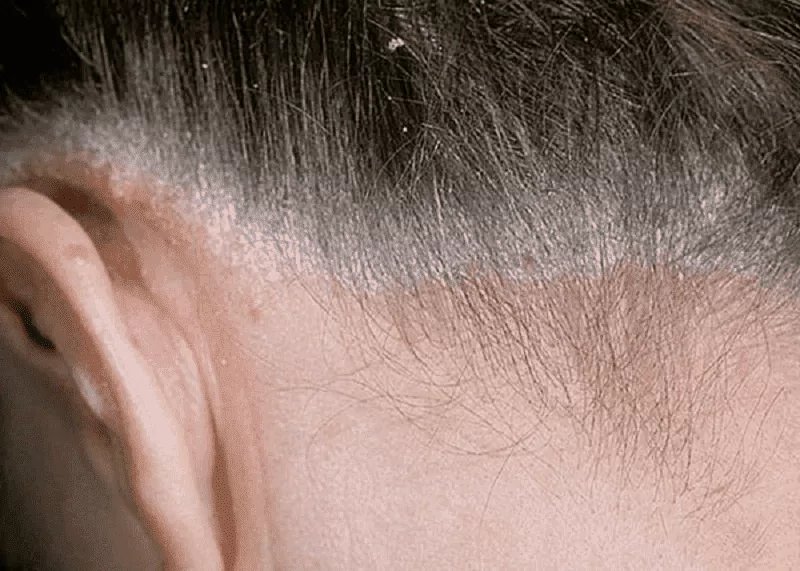Tympanometry: A Diagnostic Method for Middle Ear Assessment
26 August 2025, Tuesday

Tympanometry is a diagnostic method that objectively evaluates the condition of the middle ear, detects functional impairments, and identifies pathological changes in the tympanic membrane and ossicles. This method is based on measuring variations in acoustic impedance in response to changes in pressure within the external auditory canal. These changes provide insight into tympanic membrane mobility and help diagnose middle ear conditions such as acute and chronic inflammatory processes, Eustachian tube dysfunction, and other disorders.
Indications for Tympanometry
Tympanometry is used for the diagnosis and monitoring of various middle ear diseases. The primary indications include:
1. Acute and chronic inflammatory diseases of the middle ear:
- Acute and chronic otitis media, including otitis media with effusion, which involves fluid accumulation in the middle ear.
- Chronic inflammatory conditions leading to impaired tympanic membrane mobility.
- Barotrauma resulting from sudden atmospheric pressure changes.
2. Eustachian tube dysfunction:
Dysfunction due to insufficiency or obstruction, commonly observed in upper respiratory infections and allergic reactions.
3. Hearing impairment assessment:
- Evaluation of auditory function in children and adults, particularly in suspected cases of conductive hearing loss.
- Suspected tympanic membrane perforation or other trauma.
4. Postoperative middle ear assessment:
Monitoring middle ear status in patients who have undergone surgical procedures (e.g., tympanoplasty or myringoplasty) to assess intervention effectiveness and prevent recurrence.
5. Functional assessment in children:
- In young children, tympanometry is frequently used for diagnosing otitis media with effusion and other hearing disorders.
Common patient complaints:
- Hearing loss, ear fullness, sensation of fluid in the ear, or an "echoing" sensation.
- Gurgling sounds in the ear.
Contraindications for Tympanometry
Tympanometry is a safe procedure; however, some contraindications or limitations exist:
1. Acute external ear infections (e.g., otitis externa), where heightened auditory canal sensitivity may be present.
2. Tympanic membrane trauma, particularly in cases of fresh or unhealed perforations, as pressure changes may cause pain or exacerbate the injury.
3. Severe general health deterioration with acute infectious or inflammatory conditions that may pose additional risks.
4. Anatomical or pathological obstructions of the auditory canal (e.g., stenosis or structural damage) that prevent probe placement.
Age Considerations
Tympanometry can be performed on both children and adults, but age may influence the procedure and interpretation of results:
1. Infants and young children:
- Highly valuable for diagnosing middle ear conditions such as otitis media with effusion.
- Conducted using specialized miniature probes to ensure patient comfort.
2. Older children and adults:
- Used for diagnosing functional impairments, inflammatory conditions, and middle ear assessments.
- In older children, it is part of routine screening for hearing loss and ear fullness.
3. Elderly patients:
- Useful for diagnosing hearing-related conditions, including chronic inflammation.
- Important in postoperative monitoring to track recovery and hearing function.
Tympanometry Procedure
Tympanometry is performed using a specialized device called a tympanometer, which introduces air into the auditory canal and alters pressure against the tympanic membrane. The procedure assesses its mobility, and results are displayed as a tympanogram to assist in diagnosing middle ear conditions.
1. A specialized probe (pneumatic device) is placed in the auditory canal.
2. Changes in pressure and tympanic membrane mobility are measured to evaluate middle ear function.
3. Results are displayed as a graph for diagnostic interpretation.
Clinical Significance of Tympanometry
Tympanometry is a non-invasive, highly effective, and accessible diagnostic tool that enables otolaryngologists to detect middle ear diseases in early stages, particularly in cases of acute or chronic inflammation. It is frequently utilized in pediatric practice for diagnosing otitis media with effusion and other conditions that may cause hearing loss in children.
In clinical practice, tympanometry complements other diagnostic methods, such as audiometry and otoscopy, providing a comprehensive evaluation of the patient’s condition and aiding in the development of individualized treatment plans.
Tympanometry cost in VitaMed MC (Yerevan, Charentsavan, Stepannavan)
| Tympanometry |
7000 amd |
| Tympanometry and audiometry |
12000 amd |

Tatevik Martirosyan, ENT doctor and pediatric doctor
Tatevik Martirosyan, ENT Specialist
Education
- Postgraduate studies, National Research Institute of Otorhinolaryngology, Moscow, Russia, 2017–2020
- Clinical Residency, National Research Institute of Otorhinolaryngology, Moscow, Russia, 2015–2017
- Medical degree, Pirogov Russian National Research Medical University, Russia, 2009–2015
Professional Experience
- ENT Specialist, Vardanants Innovative Medical Center, Yerevan, Armenia, 07.06.2024–28.11.2024
- Part-time ENT Specialist, Euromedservice Multidisciplinary Clinic, Moscow, Russia, 01.10.2023–01.02.2024
- ENT Specialist, IMMA Multidisciplinary Clinic, Moscow, Russia, 10.10.2022–01.02.2024
- ENT Specialist, ABC Medicine Multidisciplinary Clinic, Moscow, Russia, 10.01.2020–01.10.2022
- National Research Institute of Otorhinolaryngology named after L.I. Sverzhevsky, Moscow, Russia, 01.10.2018–01.12.2019
- Moscow Polyclinic No. 22, Branch No. 3, Russia, 01.09.2017–01.09.2018
Teaching Experience
- Clinical Practice, 4th-year students, National Research Institute of Otorhinolaryngology, Moscow, Russia, 2019
Academic Activities
- Ongoing Professional Development, Ministry of Health of Armenia, 11.01.2024–11.02.2024
- Qualification Upgrade in Otorhinolaryngology, Continuing Medical Education, Moscow, Russia, 18.01.2023–11.01.2024
- Advanced Training in "Emergency Otorhinolaryngology," Professional Development Academy, Moscow, Russia, 22.11–29.11.2021
- Advanced Training, Professional Development Academy, Moscow, Russia, 01.12–24.12.2020
Scientific Publications
- Published works in medical journals
- 3 patents
- "Method for assessing congenital immunity in patients with recurrent exudative otitis"
- "Endoscopic treatment of the auditory tube"
- "Silicone prosthesis for tympanic cavity formation"
- Methodological Contributions to Otorhinolaryngology:
- "Selection of methods to assist in stapedoplasty in patients with otosclerosis", 2020
- "Diagnosis and treatment of middle ear injuries in the outpatient setting", 2020
- "Otoscopy in emergency medical practice", 2018
- "Atypical middle ear inflammation: clinical features and diagnosis", 2018
- "Features of stapedoplasty in patients with tympanosclerosis", 2018
Awards
- Director's gratitude from the National Research Institute of Otorhinolaryngology for diligent work, professionalism, and sensitivity towards patients, 22.04.2019
- 2nd place diploma in the Young Otorhinolaryngologist Scientific Works Competition for the report "Syndrome of the patulous auditory tube and its treatment", 2019
 25
25











